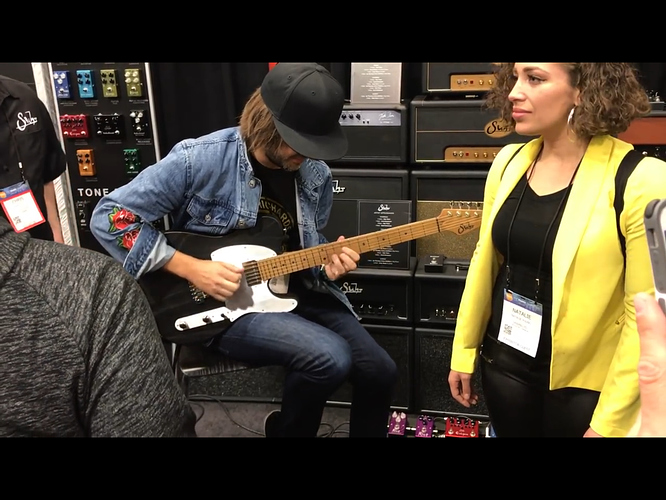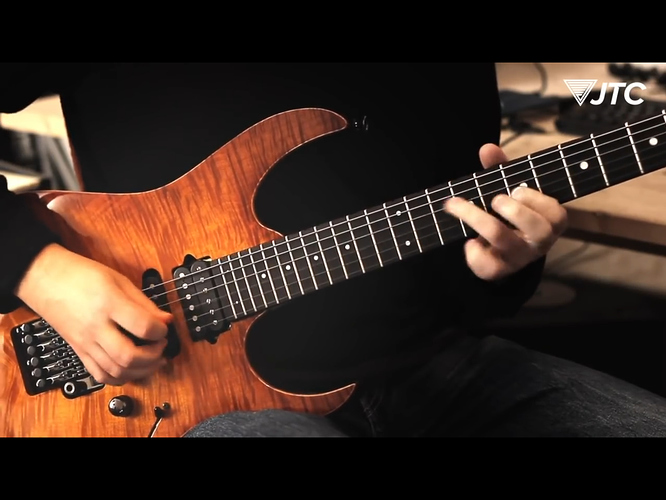Hi all,
Since Troy’s two minute tutorial on cross-picking, I became obsessed with practicing this technique. I still didn’t get the hang of it, and I don’t know how long this could last, but I am enjoying the journey 
Anyway, this made me watch a lot of Martin Miller. I don’t know if you guys have seen this before, but he was already able to play difficult patterns like the Glass Prison arpeggios quite fast since he was a teenager:
I looked at this, then I looked at his newer CtC interview and it seems to me that his technique is still pretty much the same.
In my opinion, unlike Troy’s Albert Lee inspired cross picking in the tutorial which relies on a DWPS, Martin’s cross picking actually relies on an almost neutral pick position (in regards to the pick slanting axis).
By trying to practice this kind of pick slating neutral cross-picking, I have noticed that there is a big athletic element to it. And that the more you practice it, the faster you can do it. It also made me think that in this case, string hopping becomes a consequence of the movement which helps the technique rather than an obstacle. But not sure how fast you can get.
Does anybody share this view?
EDIT: in regards to the previous two comments, I think we can clearly see the tracking in the video I have posted.






